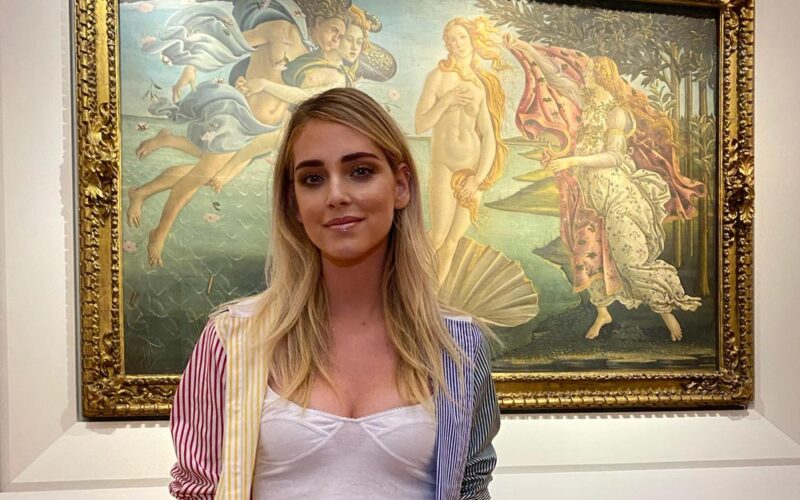In an era where culture is reduced to an Instagram post, discerning between the genuine visitor and the ephemeral one becomes increasingly arduous. The surge of museum selfies, propelled by influencers like Ferragni with her iconic shot at the Uffizi, has opened the doors to a crucial question: do we really need “many” visitors, or rather, “good” visitors?
Museums have always been regarded as temples of knowledge, places where art, history, and culture merge in a silent yet eloquent dance. They are spaces designed to enrich the soul, where visitors should immerse themselves in contemplation, guided by a desire to learn and understand. However, in contemporary society, where the speed of sharing prevails over the authenticity of experience, the true essence of museums risks being suffocated.
The phenomenon of ‘selfie tourism’ is not new. Nevertheless, its exponential growth in recent years has been fueled by a cultural system that favors numbers. The race for ‘likes’ and viral recognition has had a devastating impact on the quality of the museum experience. The average visitor, in pursuit of the perfect social media photo, tends to overlook depth and immersion in art. The statement “I was there” has surpassed the genuine desire of “I understood”.
Ferragni, as iconic as she may be of our times, should not be blamed for a trend that reflects a broader, more deeply rooted issue. The mistake lies in a system that rewards the ephemeral visitor, the tourist of appearances, rather than valuing those who seek an authentic experience.
Do we really need overcrowded museums if the price to pay is a degradation of the cultural experience? Wouldn’t it be preferable to have visitors who enter a museum eager to be transported by beauty, rather than by an obsession with digital recognition?
It’s crucial for cultural institutions, curators, and professionals to reflect on this dilemma. Promoting initiatives that encourage a mindful, in-depth visit could be a first step towards a genuine cultural revolution.
Otherwise, museums risk becoming nothing more than picturesque backdrops for an audience more interested in the image than the substance. And it would be an unforgivable pity to lose the true value of these priceless treasures of our culture.












